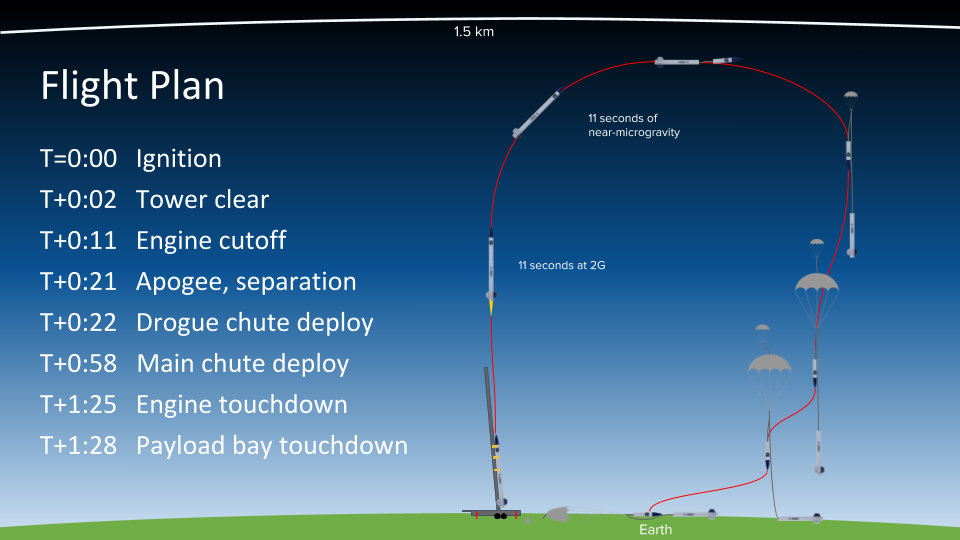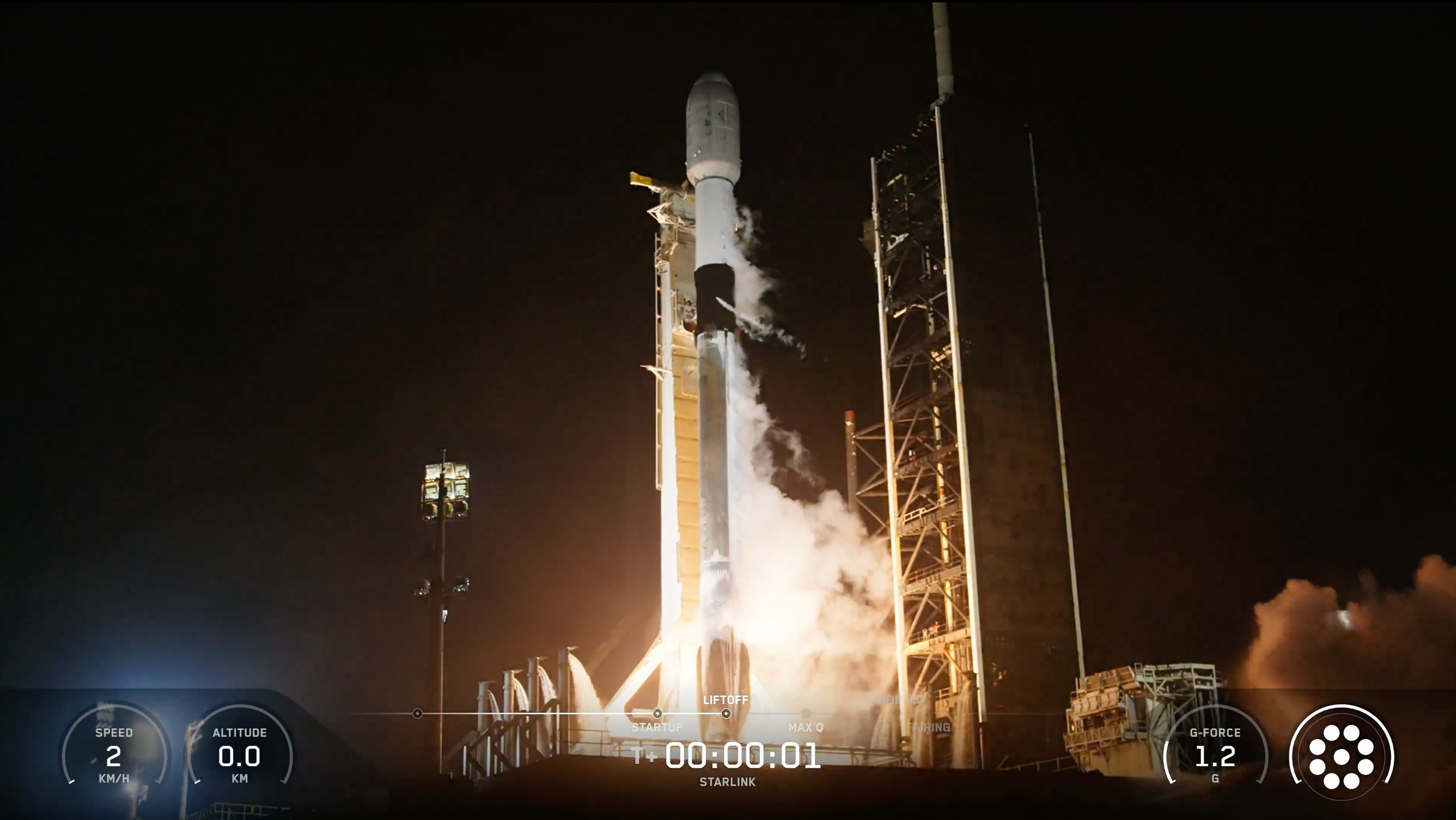Space startup bluShift to launch its 1st biofuel rocket Friday. Here's how to watch live.
Update for Jan. 31: bluShift Aerospace is now aiming to launch its first biofuel-powered Stardust rocket from a Limestone, Maine launch site at 10 a.m. EDT (1500 GMT) on Jan. 31. Watch live here. The video is also embedded above.
A small rocket powered by biofuel is ready for launch in Maine.
The Brunswick, Maine-based startup bluShift Aerospace will launch its first Stardust suborbital rocket prototype on Friday (Jan. 15), and you can watch the liftoff live online. Liftoff is scheduled for 10 a.m. EST (1500 GMT) Friday from a snowy runway on what was once the Loring Air Force Base in Limestone, in northern Maine.
You can watch the launch live here, courtesy of bluShift, or directly from the company's website and YouTube stream. The webcast will begin at 9 a.m. EST (1400 GMT) with the launch window running for several hours.
Video: Meet the bluShift Aerospace team for smallsat rocket launches
Stardust's first launch will carry three small payloads to an altitude of 4,000 feet (1,220 meters) and then parachute back to Earth. It's a critical first step in bluShift's plans to build a family of rockets to launch small satellites into orbit. The entire flight should last about a minute and a half.
"I think there's a certain level of excitement, but I think anxiety and stress is all higher than anything else," bluShift CEO Sascha Deri told reporters Thursday (Jan. 14). "We're going to breathe the moment we hear the engine roar, and then we'll stop for about two minutes. And when it lands safely, we will celebrate. I think that's when we will be truly, ultimately excited."
Breaking space news, the latest updates on rocket launches, skywatching events and more!
The Stardust Gen.1 rocket stands 20 feet (6 m) tall and can carry payloads of just over 17 lbs. (8 kilograms) into the sky. It is powered by bluShift's hybrid rocket motor — called MAREVL (Modular Adaptable Rocket Engine for Vehicle Launch) — which uses both solid and liquid propellant. The motor runs on a proprietary biofuel that is non-toxic, carbon-neutral and "can be cheaply sourced from farms across America," the company said.
"We are a group of engineers and space aficionados that are passionate about not only producing rockets to launch satellites and experiments to space, but protecting our favorite planet of them all, Earth," Deri told Space.com from the launch site via a video link. Deri came up with the biofuel concept on his brother's farm in Maine, but it took three years of development to make it work, he added.
Deri and team founded bluShift Aerospace in 2014 to develop boosters capable of launching small satellites into orbit. The company's eight teammembers have invested $500,000 into the project to date. They received a $125,000 NASA grant in 2019, as well as one from the Maine Technology Institute. The company aims to eventually launch larger rockets to send satellites into polar orbits from Maine.
The first Stardust rocket is carrying a trio of experiments, each from a different customer. They include: a cubesat prototype built by Falmouth High School and Maine university students carrying a GoPro camera, radio transmitter and other sensors; an experiment from Kellogg's Research Labs of Nashua, New Hampshire to test the vibration-dampening effects of the nickel-titanium shape memory alloy nitinol; and a cubesat enclosure filled with stroopwafels — the Dutch wafer cookies — being flown by the software development company Rocket Insights as an homage to their Amsterdam-based parent company Dept.
Editor's note: This story was updated to include the new 9 a.m. EST launch time for bluShift Aerospace's Stardust Gen. 1 rocket.
Email Tariq Malik at tmalik@space.com or follow him @tariqjmalik. Follow us @Spacedotcom, Facebook and Instagram.

Tariq is the award-winning Editor-in-Chief of Space.com and joined the team in 2001. He covers human spaceflight, as well as skywatching and entertainment. He became Space.com's Editor-in-Chief in 2019. Before joining Space.com, Tariq was a staff reporter for The Los Angeles Times covering education and city beats in La Habra, Fullerton and Huntington Beach. He's a recipient of the 2022 Harry Kolcum Award for excellence in space reporting and the 2025 Space Pioneer Award from the National Space Society. He is an Eagle Scout and Space Camp alum with journalism degrees from the USC and NYU. You can find Tariq at Space.com and as the co-host to the This Week In Space podcast on the TWiT network. To see his latest project, you can follow Tariq on Twitter @tariqjmalik.


